Home>Renovation & DIY>Home Renovation Guides>How To Vent Crawl Space
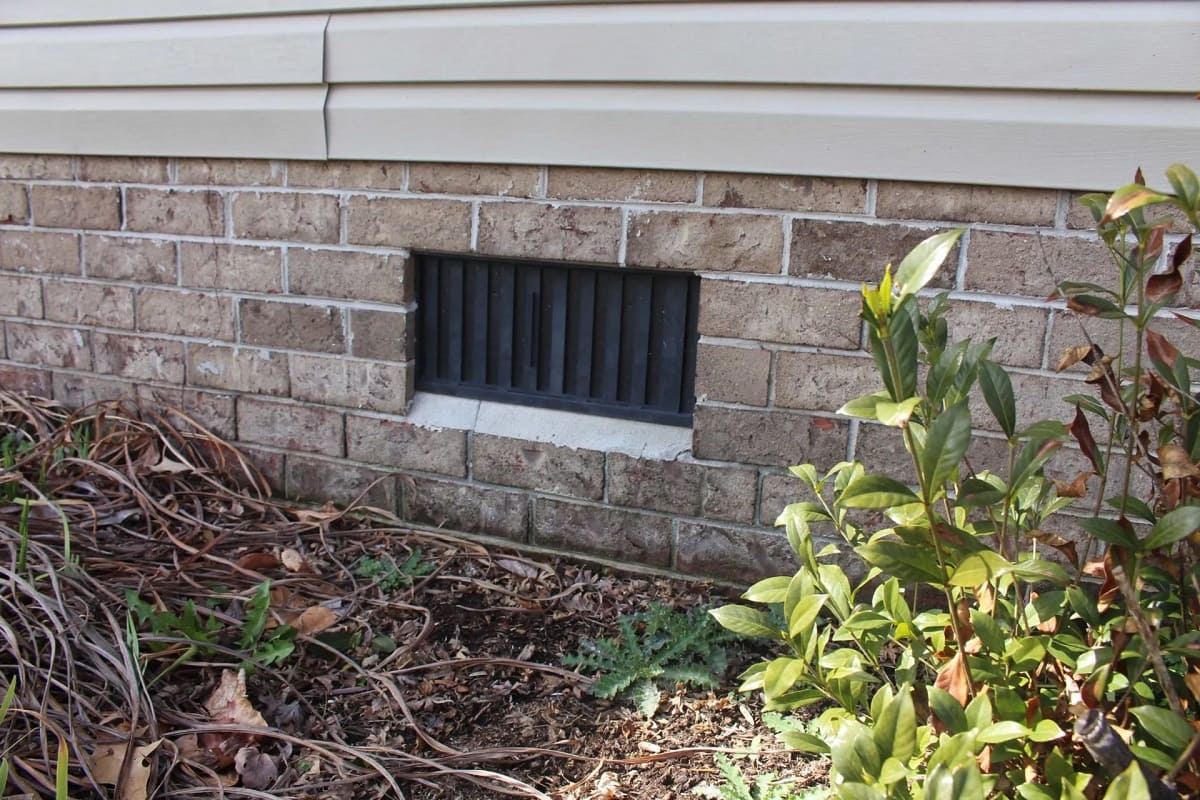

Home Renovation Guides
How To Vent Crawl Space
Modified: February 18, 2024
Learn how to properly vent your crawl space with our comprehensive home renovation guide. Improve your home's air quality and prevent moisture issues.
(Many of the links in this article redirect to a specific reviewed product. Your purchase of these products through affiliate links helps to generate commission for Storables.com, at no extra cost. Learn more)
Importance of Venting a Crawl Space
Venting a crawl space is a crucial aspect of maintaining a healthy and functional home. The crawl space, though often overlooked, plays a significant role in the overall well-being of a house. Proper ventilation in this area is essential for several reasons:
-
Moisture Control: Crawl spaces are prone to moisture buildup, which can lead to mold and mildew growth. By venting the crawl space, excess moisture is expelled, preventing potential damage to the structure of the house and inhibiting the growth of harmful microorganisms.
-
Air Quality: The air in the crawl space can affect the air quality throughout the entire home. Without proper ventilation, stagnant air can become musty and contribute to indoor air pollution. Venting the crawl space allows for the circulation of fresh air, improving the overall air quality within the home.
-
Pest Prevention: Unventilated crawl spaces can become a haven for pests such as rodents and insects. By ensuring adequate ventilation, the crawl space becomes less hospitable to these unwanted intruders, reducing the risk of infestations and the damage they can cause.
-
Temperature Regulation: Proper ventilation in the crawl space can help regulate the temperature within the home. In colder climates, venting the crawl space can prevent the buildup of cold air, reducing the potential for frozen pipes and helping to maintain a comfortable indoor environment.
-
Structural Integrity: Excessive moisture in a crawl space can lead to wood rot and structural damage over time. By venting the crawl space, the risk of moisture-related deterioration is minimized, preserving the integrity of the home's foundation and structural components.
In essence, venting a crawl space is not merely a matter of convenience; it is a fundamental aspect of maintaining a healthy, durable, and comfortable living environment. By addressing moisture control, air quality, pest prevention, temperature regulation, and structural integrity, proper ventilation in the crawl space contributes to the overall well-being and longevity of the home.
Key Takeaways:
- Venting a crawl space is crucial for a healthy home, preventing mold, improving air quality, and deterring pests. It also regulates temperature and preserves the structure of the house.
- To properly vent a crawl space, assess, ventilate, seal, and maintain. Avoid common mistakes like inadequate ventilation and neglecting moisture control. A well-ventilated crawl space benefits the entire home.
Read more: How To Close Vents In Crawl Space
Tools and Materials Needed for Venting
Venting a crawl space requires specific tools and materials to ensure the process is carried out effectively. Before embarking on the venting project, it is essential to gather the necessary items to facilitate the task. Here are the tools and materials needed for venting a crawl space:
Tools:
- Safety Gear: Prioritize safety by wearing protective gear, including gloves, goggles, and a dust mask, to shield yourself from potential hazards such as dust, debris, and insulation fibers.
- Work Light: A reliable work light or headlamp is essential for illuminating the dark and confined space of the crawl area, enabling you to work comfortably and safely.
- Measuring Tape: Accurate measurements are crucial for cutting and fitting ventilation materials, making a measuring tape an indispensable tool for the project.
- Utility Knife: A sharp utility knife is necessary for cutting through insulation, vapor barriers, and other materials during the installation process.
- Cordless Drill: A cordless drill with appropriate drill bits is essential for securing ventilation materials in place, such as attaching vents and fastening support structures.
- Screwdriver: Both flat-head and Phillips-head screwdrivers may be required for various tasks, such as removing existing fixtures or securing new ventilation components.
- Caulking Gun: To seal gaps and joints, a caulking gun with high-quality sealant is necessary to prevent air and moisture infiltration.
- Ventilation Fans: Depending on the specific ventilation system chosen, ventilation fans may be required to facilitate air circulation and moisture control within the crawl space.
Materials:
- Vents: Select appropriate vents designed for crawl space use, ensuring they are durable, corrosion-resistant, and capable of providing adequate airflow.
- Vapor Barrier: A high-quality vapor barrier, such as polyethylene sheeting, is essential for controlling moisture and preventing ground moisture from permeating the crawl space.
- Insulation: Insulation materials, such as fiberglass or foam board, are necessary for insulating the crawl space walls and maintaining temperature regulation.
- Fasteners: Nails, screws, and other fasteners are required for securing vents, insulation, and vapor barriers in place.
- Vent Covers: Vent covers or screens are essential for preventing pests and debris from entering the crawl space while allowing for proper airflow.
- Sealant: A durable sealant, such as silicone or polyurethane caulk, is crucial for sealing gaps, joints, and penetrations to maintain the integrity of the ventilation system.
- Support Structures: Depending on the installation method, support structures such as hangers, straps, or brackets may be necessary to secure ventilation components in place.
By ensuring that these tools and materials are readily available, you can streamline the venting process and achieve effective results in maintaining a well-ventilated and healthy crawl space.
Steps to Venting a Crawl Space
Venting a crawl space is a systematic process that involves several essential steps to ensure effective ventilation and the overall well-being of the home. By following these steps, homeowners can create a properly ventilated crawl space, mitigating moisture issues, improving air quality, and safeguarding the structural integrity of the property.
-
Assessment and Preparation: Begin by assessing the current condition of the crawl space. Check for any existing moisture, mold, or pest infestations. Clear out any debris, insulation, or obstructions that may hinder the ventilation process. It's crucial to address any existing issues before proceeding with the venting project.
-
Determine Ventilation Requirements: Evaluate the ventilation requirements based on the size and layout of the crawl space. Calculate the necessary ventilation area to ensure adequate airflow. Consider the local climate and moisture levels to determine the appropriate ventilation strategy.
-
Install Vents and Air Circulation: Position vents strategically to facilitate cross-ventilation within the crawl space. Install vents on opposite sides of the space to promote airflow. This helps in expelling stagnant air and preventing moisture buildup.
-
Seal and Insulate: Seal any gaps, cracks, or openings in the crawl space to prevent air infiltration and moisture ingress. Install a vapor barrier, such as polyethylene sheeting, to control moisture from the ground. Insulate the walls to maintain consistent temperatures and prevent energy loss.
-
Implement Moisture Control Measures: Integrate moisture control measures, such as a dehumidifier or drainage system, if the crawl space is prone to excessive moisture. This helps in maintaining optimal humidity levels and preventing mold growth.
-
Ensure Pest Prevention: Incorporate pest prevention measures by installing vent covers or screens to deter rodents and insects from entering the crawl space. This safeguards the area from potential infestations and damage caused by pests.
-
Regular Maintenance: Establish a routine for inspecting and maintaining the crawl space ventilation system. Check for any signs of moisture, mold, or pest activity. Keep vents clear of obstructions and ensure that the ventilation system is functioning effectively.
By diligently following these steps, homeowners can effectively vent their crawl spaces, creating a healthier and more sustainable environment within their homes. Proper ventilation not only safeguards the structural integrity of the property but also contributes to improved indoor air quality and overall comfort for the occupants.
Read more: How To Replace Crawl Space Vents
Common Mistakes to Avoid
Venting a crawl space is a task that demands attention to detail and a thorough understanding of the potential pitfalls that can compromise the effectiveness of the ventilation system. By being aware of common mistakes, homeowners can proactively avoid these issues and ensure that their crawl space is properly ventilated. Here are some prevalent mistakes to avoid when venting a crawl space:
-
Inadequate Ventilation: One of the most common mistakes is installing an insufficient number of vents or improperly sized vents. Inadequate ventilation can lead to poor air circulation, resulting in moisture buildup and potential mold growth. It is essential to calculate the appropriate ventilation area based on the size of the crawl space to ensure optimal airflow.
-
Ignoring Moisture Control: Failing to address moisture control within the crawl space can lead to a host of problems. Without proper moisture control measures, such as a vapor barrier and insulation, the crawl space becomes susceptible to excess moisture, which can compromise the structural integrity of the home and contribute to indoor air quality issues.
-
Neglecting Pest Prevention: Overlooking pest prevention measures is a significant mistake. Without proper barriers, such as vent covers or screens, the crawl space becomes vulnerable to pest infestations. Rodents and insects can cause damage to insulation, wiring, and other components, posing a threat to the overall condition of the crawl space.
-
Improper Sealing: Failing to seal gaps, cracks, and joints in the crawl space can result in air leaks and moisture infiltration. Proper sealing is crucial to prevent energy loss, maintain consistent temperatures, and inhibit the entry of unwanted air and moisture into the crawl space.
-
Lack of Regular Maintenance: Once the ventilation system is in place, neglecting regular maintenance is a common oversight. Regular inspections and upkeep are essential to ensure that the vents remain unobstructed, the insulation and vapor barrier are intact, and the overall ventilation system functions effectively.
-
Disregarding Local Climate Factors: Ignoring local climate considerations when planning the ventilation system can lead to suboptimal results. Factors such as humidity levels, temperature variations, and seasonal changes should be taken into account to tailor the ventilation approach to the specific needs of the crawl space.
By being mindful of these common mistakes and taking proactive measures to avoid them, homeowners can effectively vent their crawl spaces, mitigating potential issues and creating a healthier and more sustainable environment within their homes. A well-ventilated crawl space contributes to the overall well-being of the property and its occupants, making it a worthwhile investment in home maintenance and comfort.
Benefits of Properly Venting a Crawl Space
Properly venting a crawl space yields a multitude of benefits that extend beyond the confines of this often-overlooked area of the home. By addressing moisture control, air quality, temperature regulation, and structural integrity, homeowners can experience tangible advantages that contribute to the overall well-being and longevity of their property.
1. Moisture Control and Mold Prevention
Effective ventilation in the crawl space facilitates the expulsion of excess moisture, preventing the accumulation of dampness that can lead to mold and mildew growth. By mitigating moisture-related issues, such as wood rot and decay, proper ventilation safeguards the structural integrity of the home, reducing the risk of costly repairs and preserving the longevity of building materials.
2. Improved Air Quality
A well-ventilated crawl space promotes air circulation, preventing the stagnation of air that can become musty and contribute to indoor air pollution. By expelling stale air and introducing fresh airflow, proper ventilation enhances the overall air quality within the home, creating a healthier living environment for occupants.
Read more: How To Insulate Crawl Space Vents For Winter
3. Pest Prevention
A properly vented crawl space creates an inhospitable environment for pests such as rodents and insects. By reducing the attractiveness of the crawl space as a habitat for unwanted intruders, homeowners can minimize the risk of pest infestations and the damage they can cause to insulation, wiring, and other components within the crawl space.
4. Temperature Regulation
In colder climates, venting the crawl space can prevent the buildup of cold air, reducing the potential for frozen pipes and contributing to a more comfortable indoor environment. By regulating the temperature within the crawl space, homeowners can enhance energy efficiency and prevent temperature-related issues that may affect the overall comfort of the home.
5. Structural Integrity
Proper ventilation mitigates the risk of moisture-related damage to the structural components of the home. By controlling moisture levels and preventing excessive dampness, homeowners can safeguard the integrity of the foundation, floor joists, and other structural elements within the crawl space, ensuring the long-term durability of the property.
In essence, the benefits of properly venting a crawl space extend far beyond the immediate area, influencing the overall health, durability, and comfort of the home. By addressing moisture control, air quality, pest prevention, temperature regulation, and structural integrity, homeowners can create a more sustainable and resilient living environment, reaping the rewards of a well-ventilated crawl space for years to come.
Frequently Asked Questions about How To Vent Crawl Space
Was this page helpful?
At Storables.com, we guarantee accurate and reliable information. Our content, validated by Expert Board Contributors, is crafted following stringent Editorial Policies. We're committed to providing you with well-researched, expert-backed insights for all your informational needs.
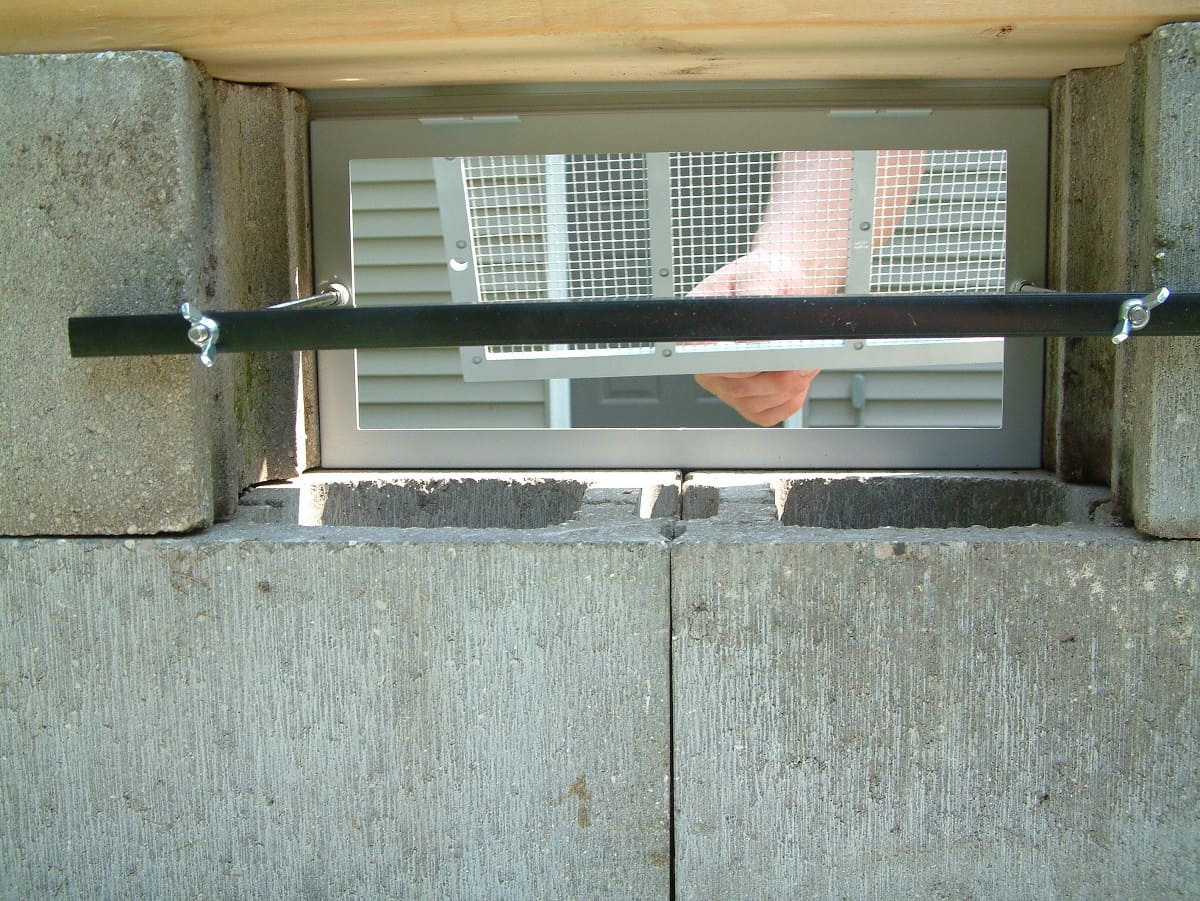
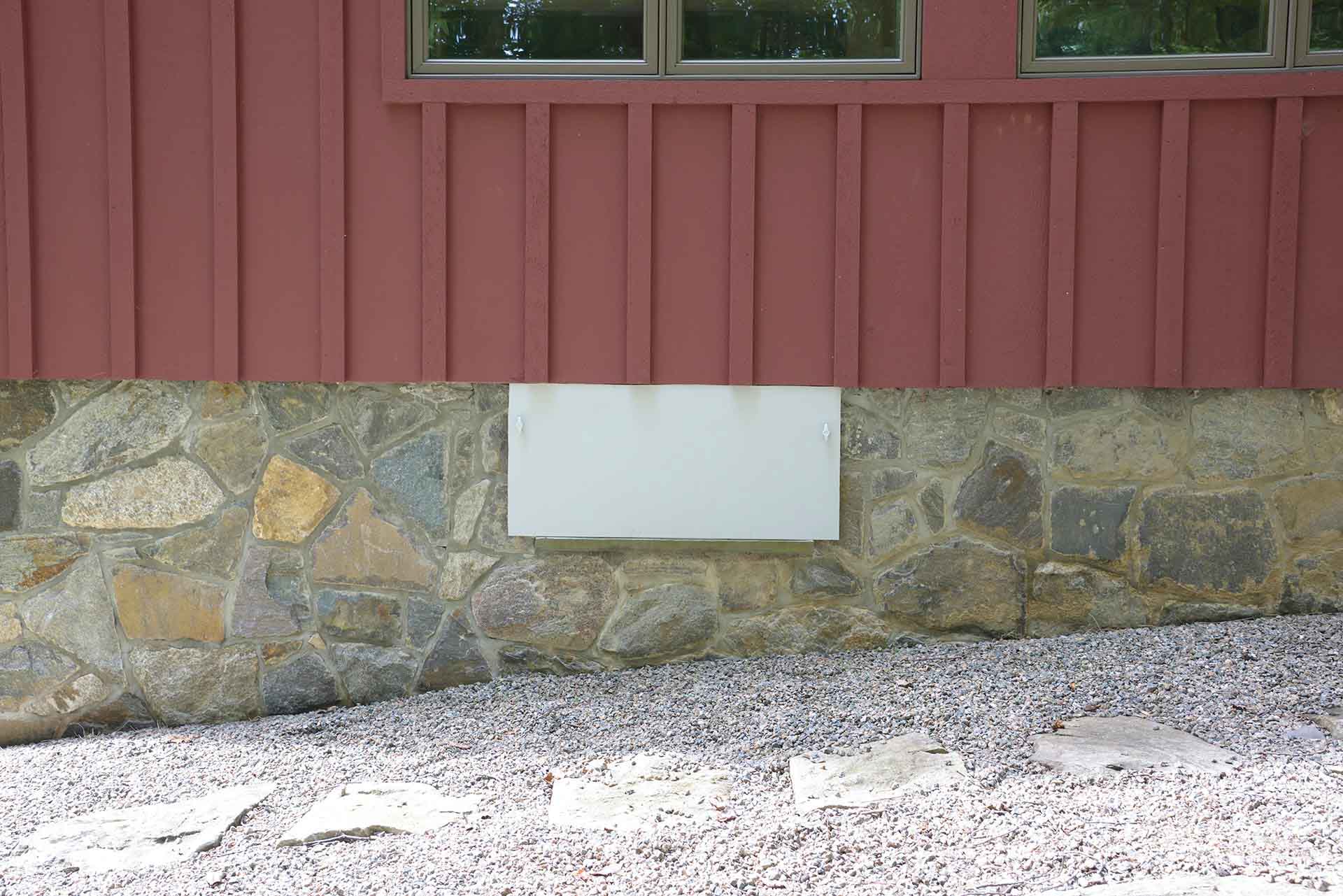
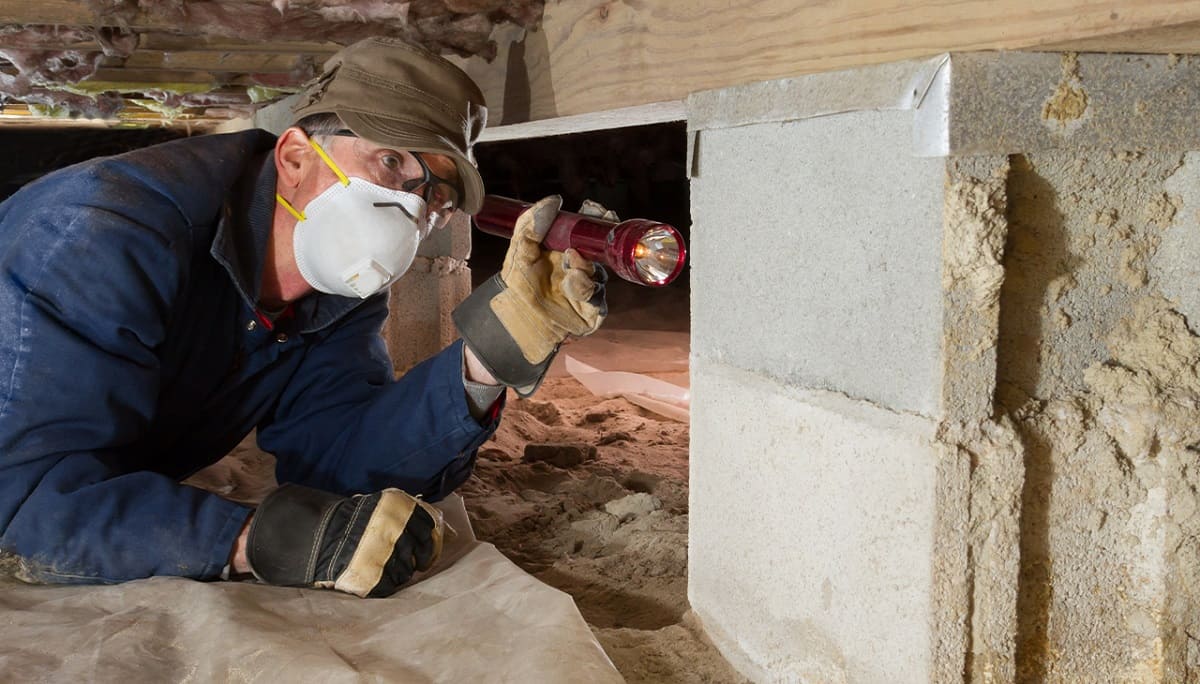
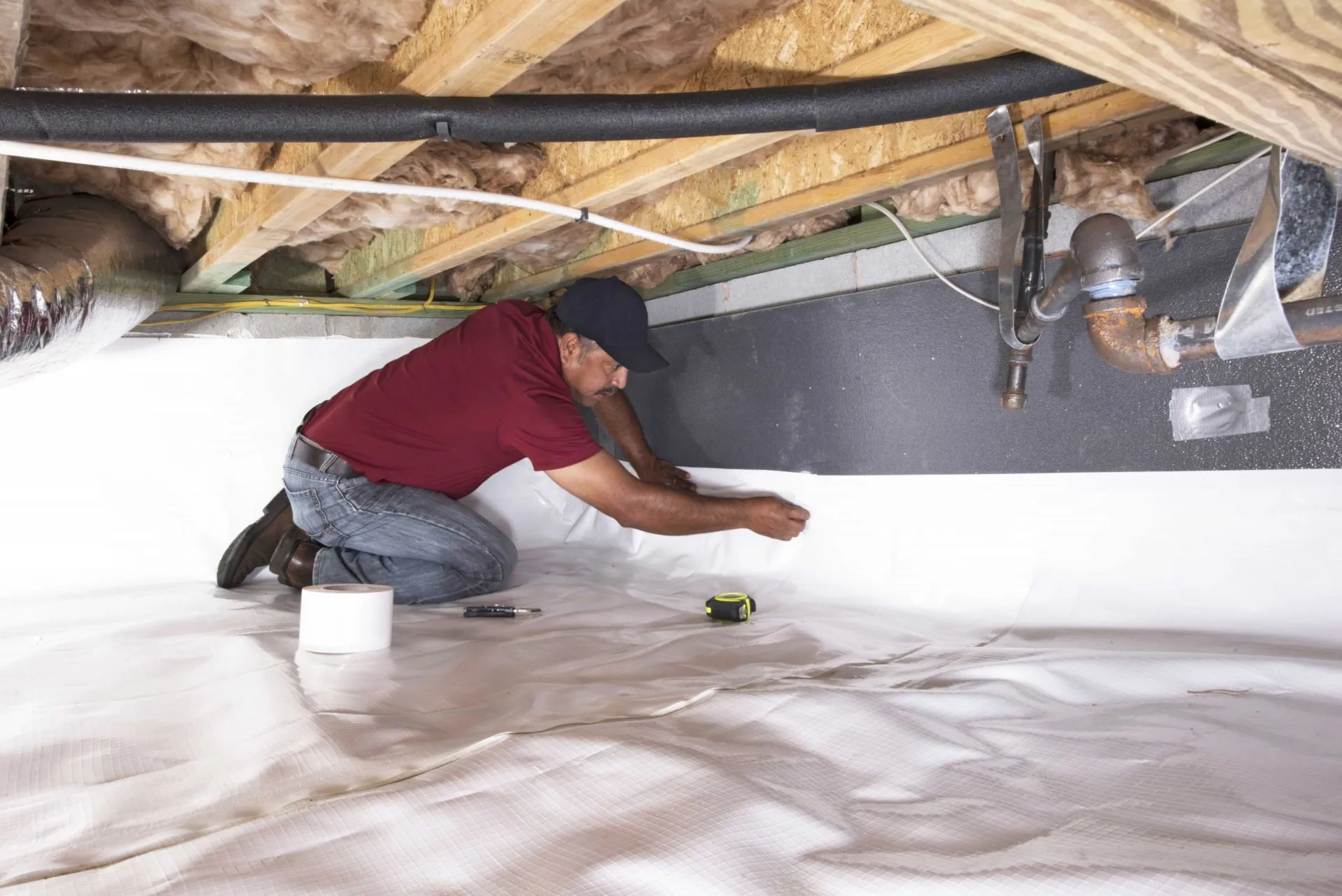
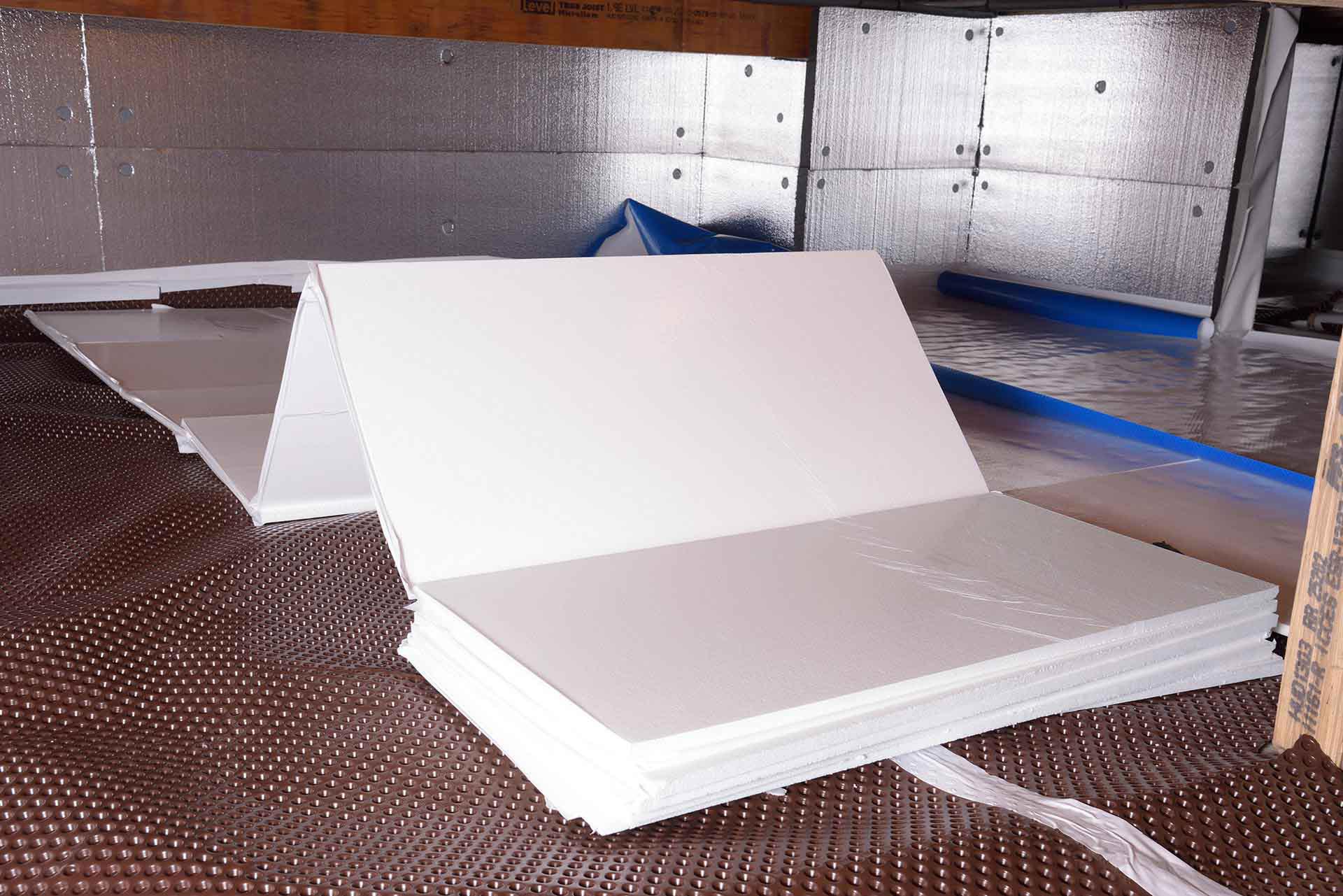
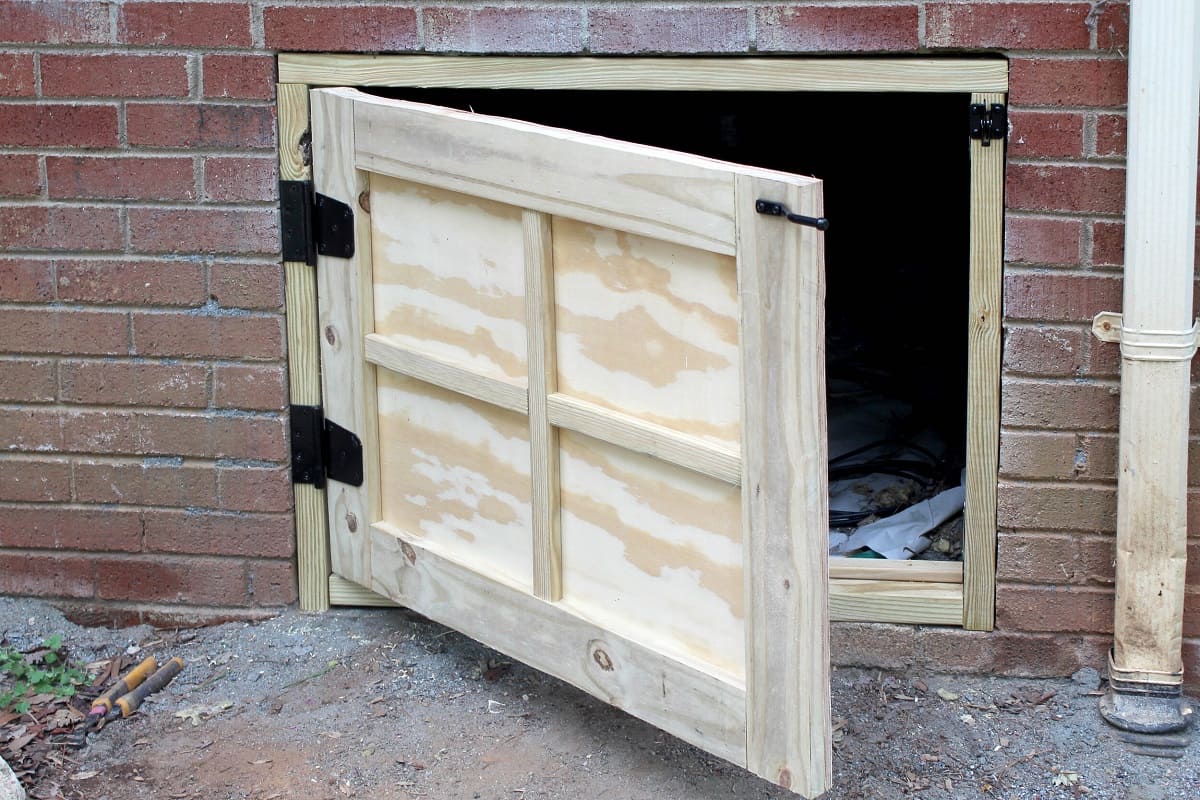
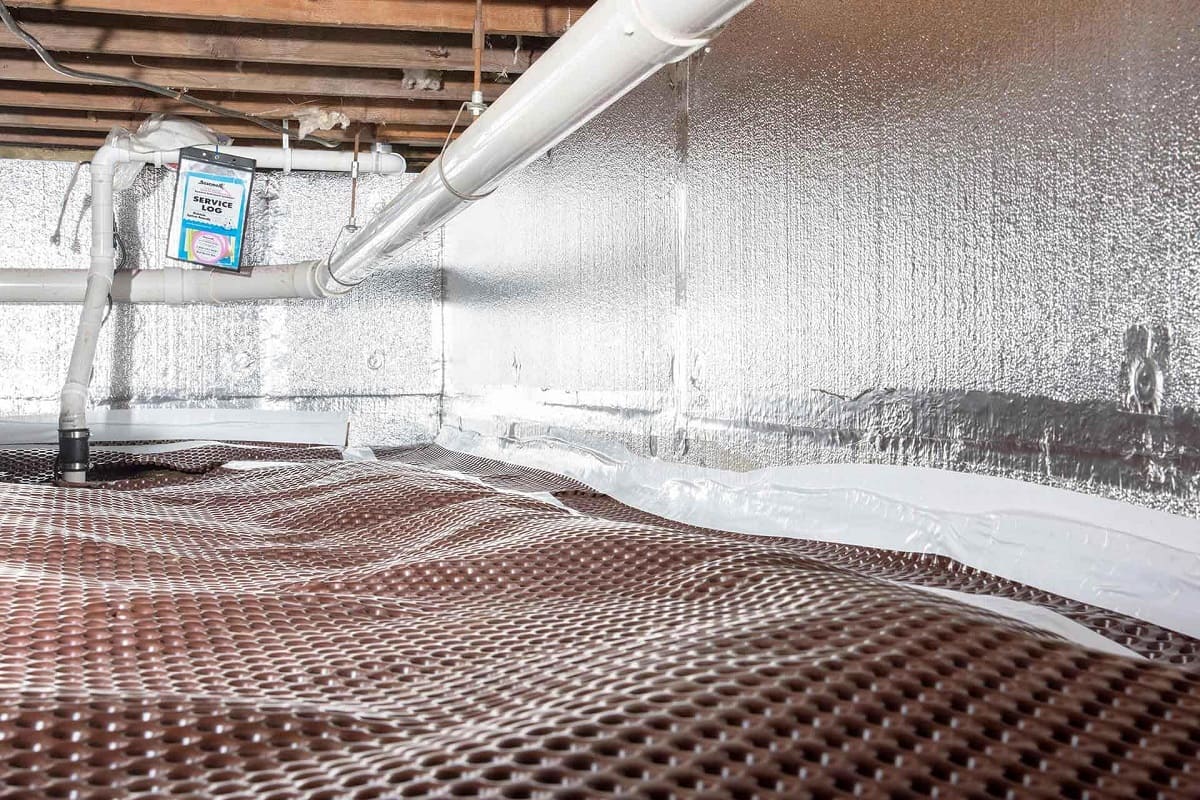
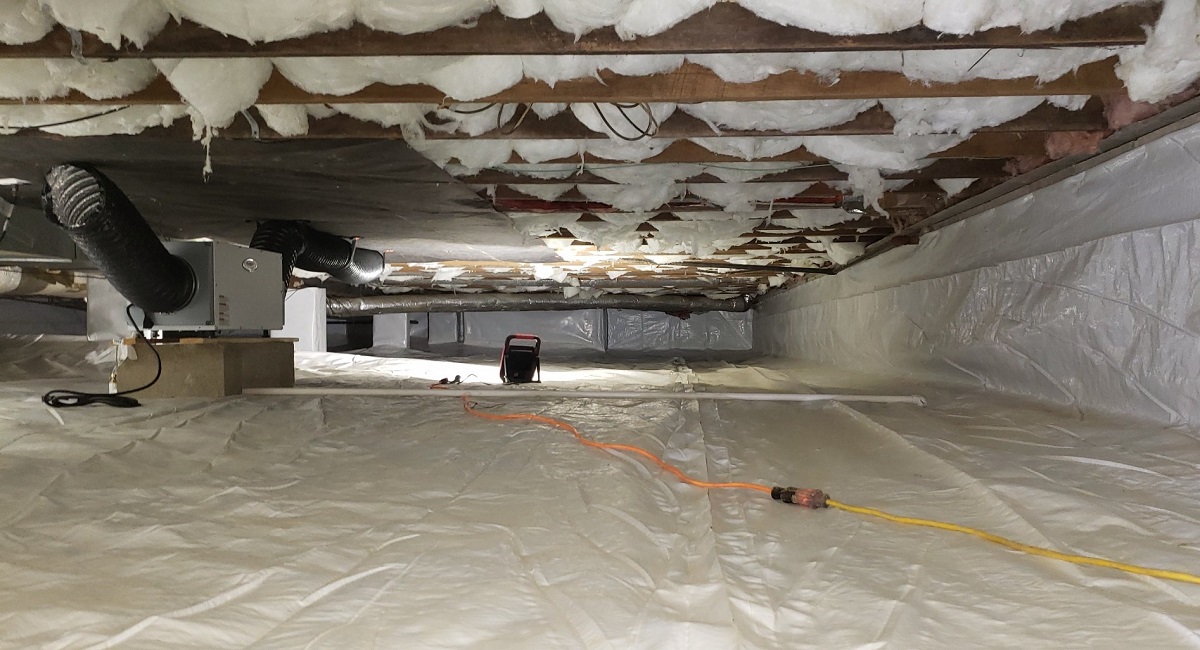
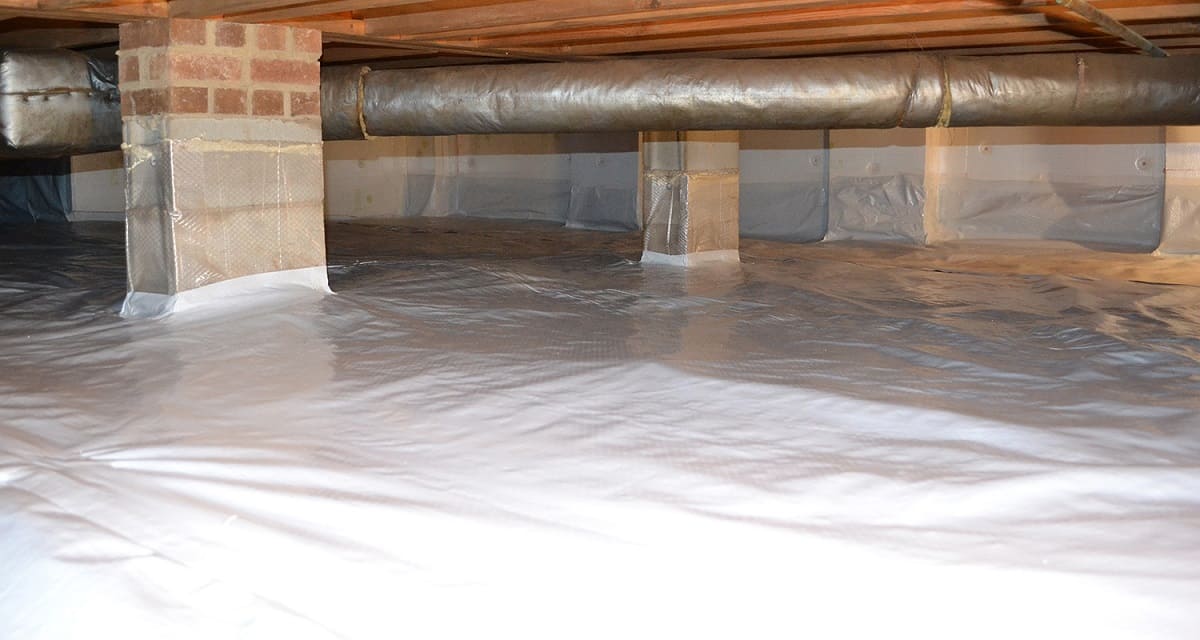
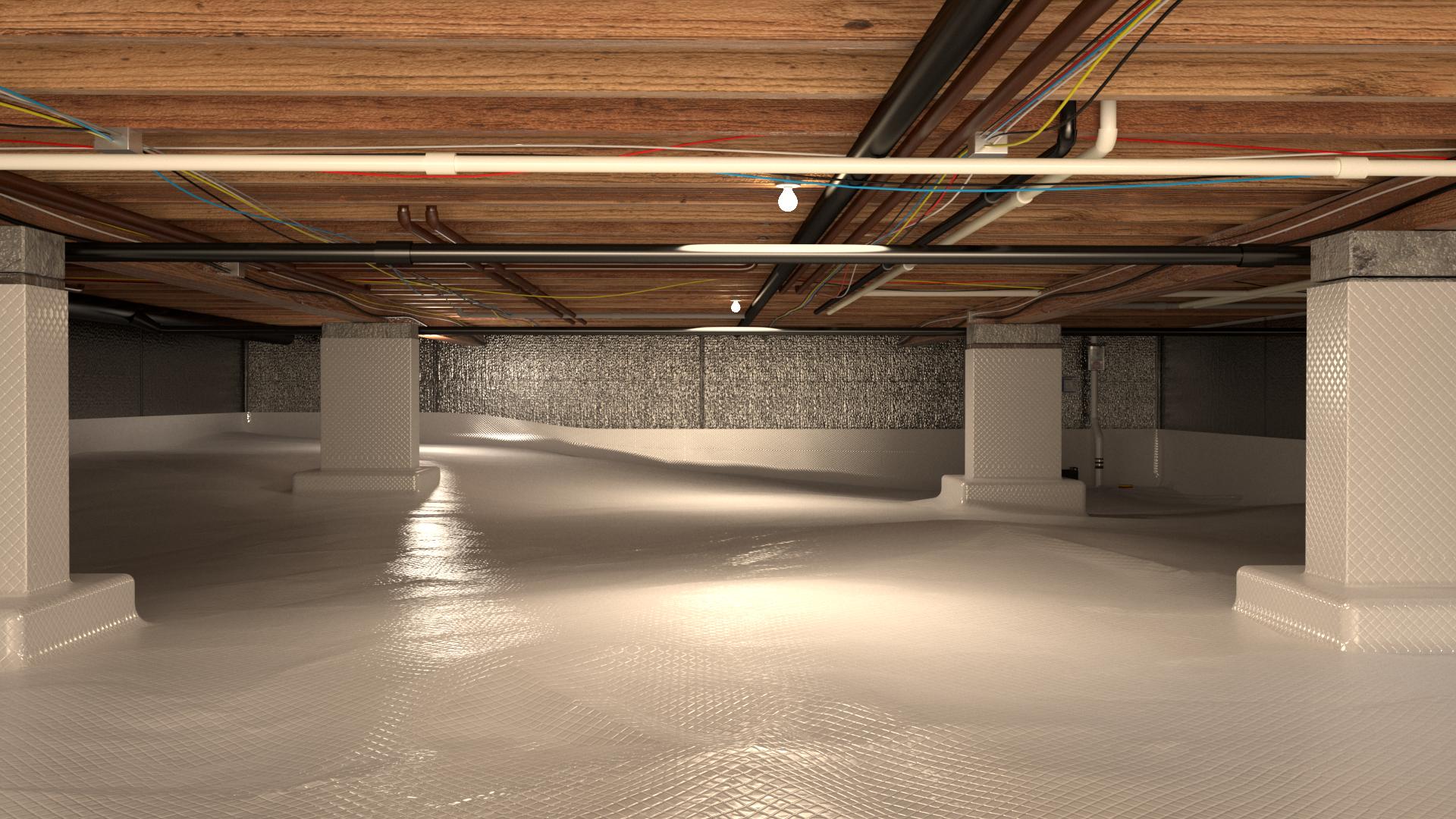
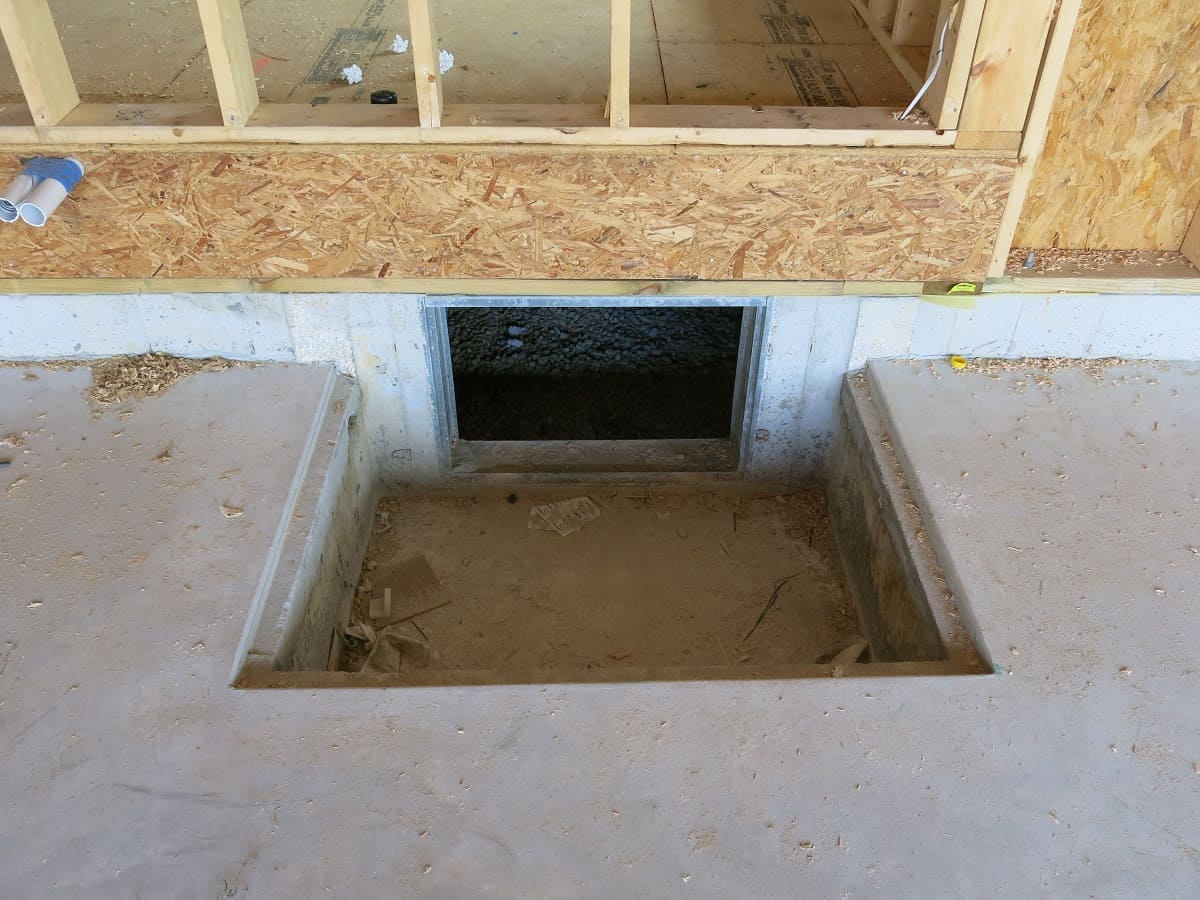
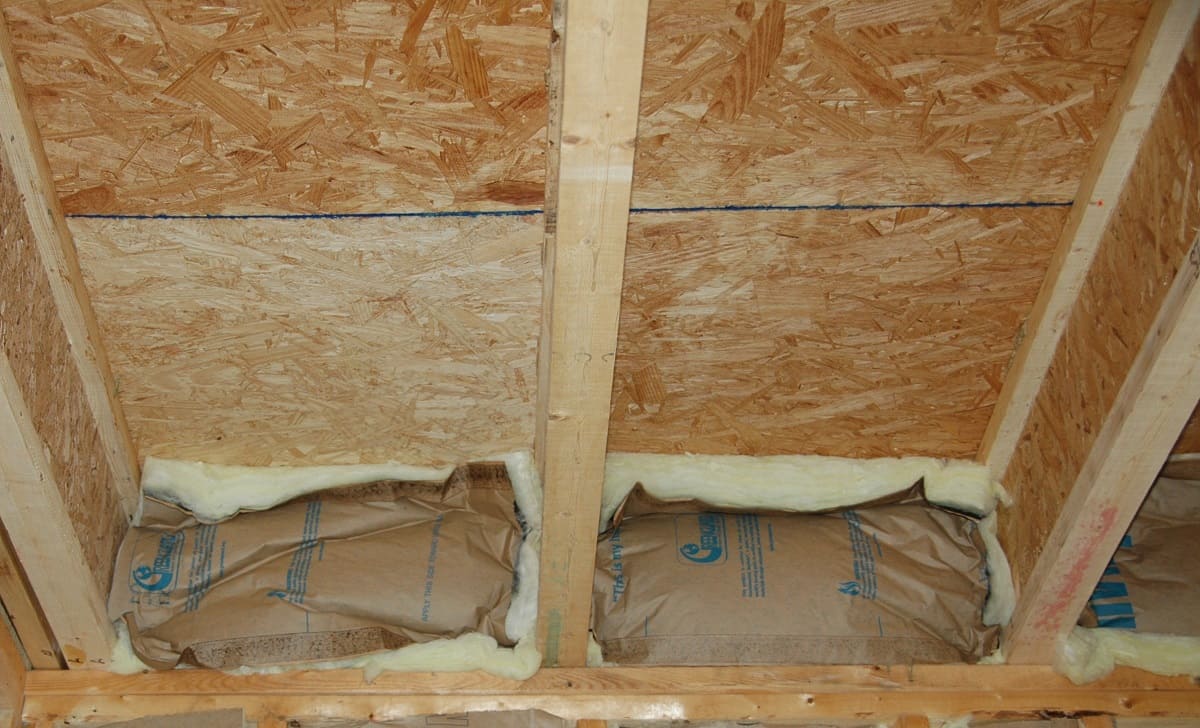
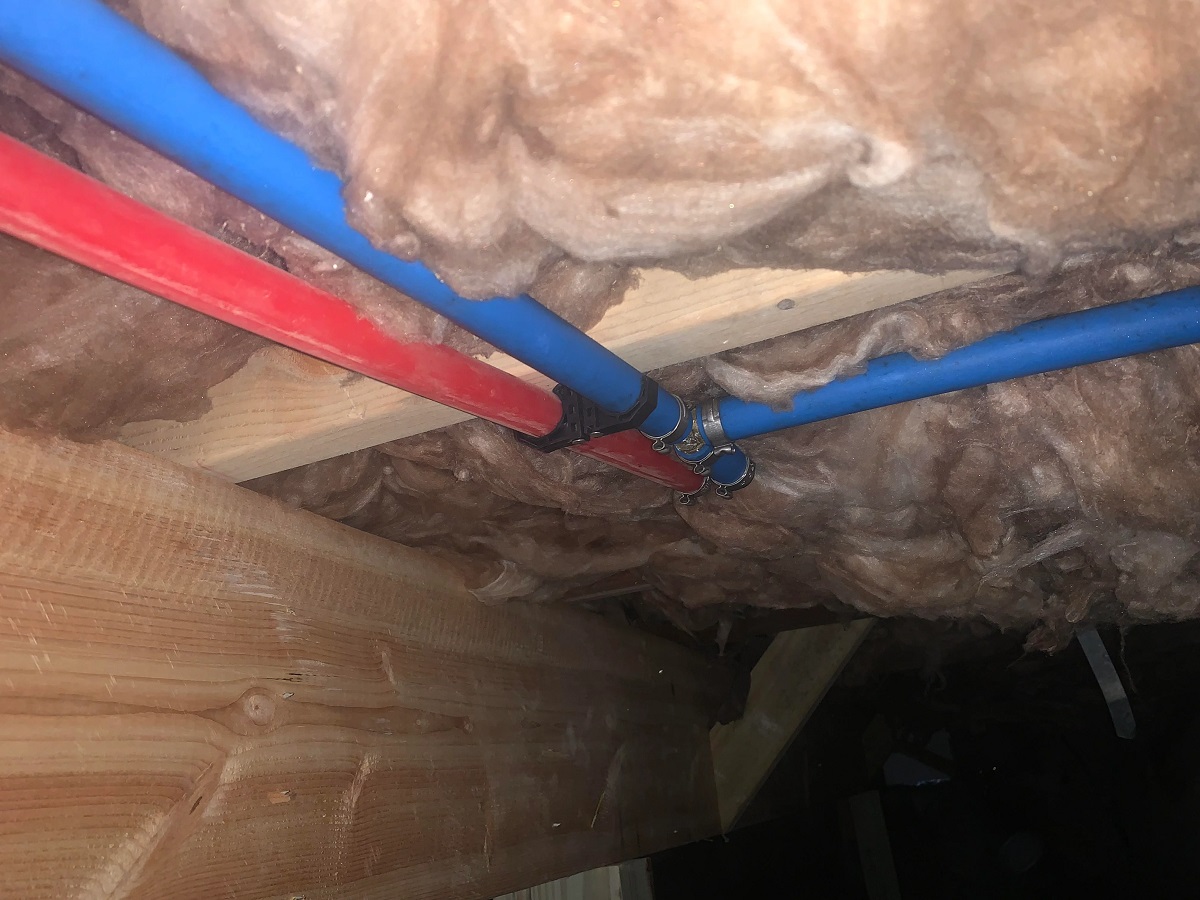

0 thoughts on “How To Vent Crawl Space”